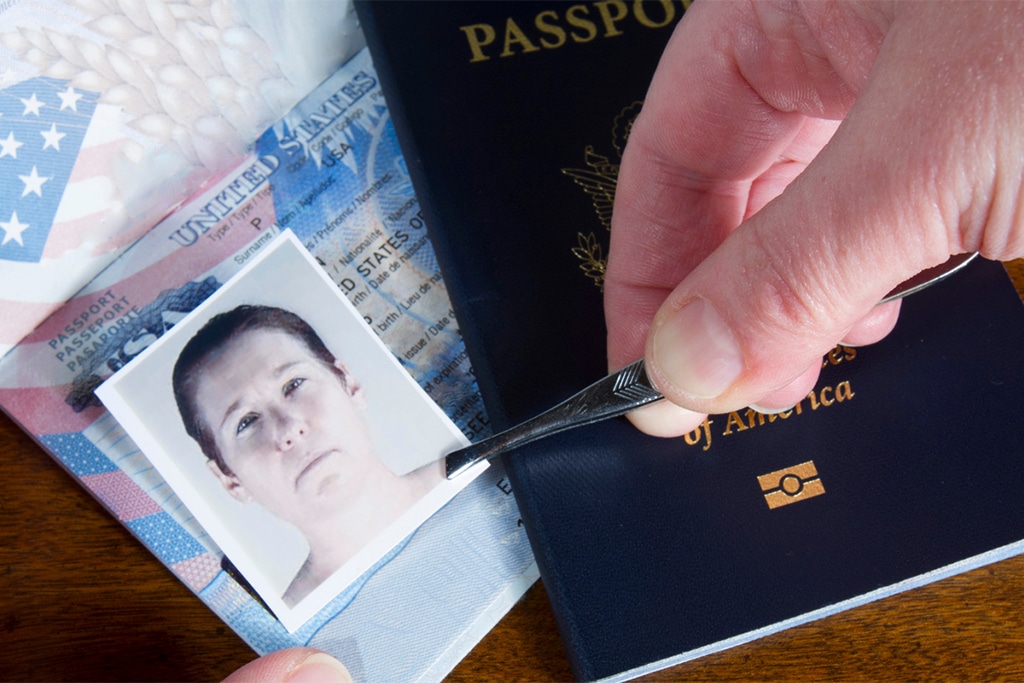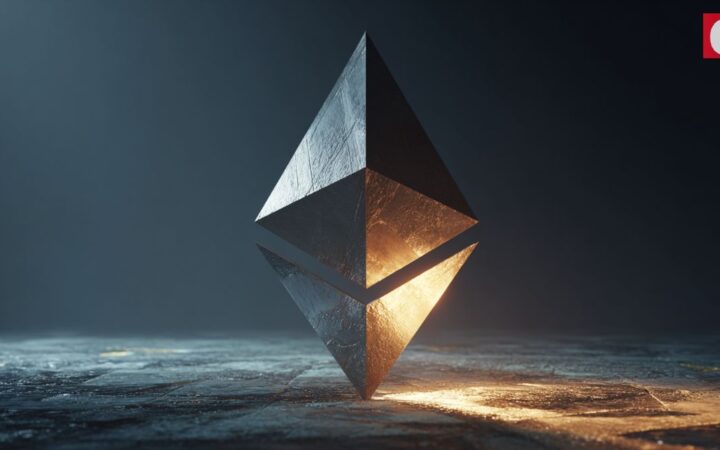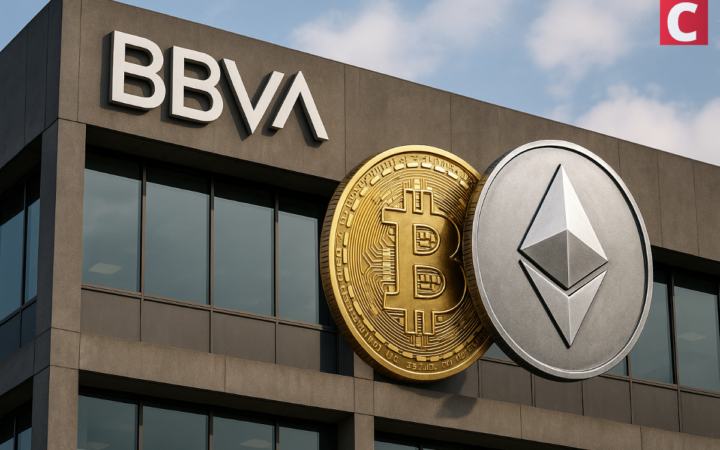
Please check out latest news, expert comments and industry insights from Coinspeaker's contributors.
Your blockchain identity can’t just be about government-backed or biometric identity. It should also reflect the identity you’ve created for yourself in the digital world.

According to Trust ID, passports and ID cards are the most commonly faked documents. In fact, fake passports have become a major international problem. Since 2002, more than 40 million passports have been reported lost or stolen. Illegal immigrants and terrorists often obtain and use these passports to cross borders.
Recently, a man in New Jersey’s Hudson County was sentenced to 27 months in prison for using fake passports to open bank accounts into which he and others deposited phony IRS refund checks, causing the banks to lose more than $450,000.
Even in the digital world, our identities are difficult to safeguard. There are numerous applications to manage your online identity and prevent identity theft. But they are not foolproof because users don’t have direct control over their data. It’s as if the developers involved in building the early Internet forgot to create a native identity security layer for users.
Blockchain technology, thanks to its immutability, is giving control back to the users. Decentralized identity protocols such as PhotoChromic are changing the way we identify ourselves and secure our identity, in both digital and physical worlds.
The decentralized identity works seamlessly across various platforms and networks. Since it puts control back in the hands of users, they can securely participate in a wide range of services offered by dApps, blockchain apps, and Web3 applications. Businesses could verify their users without having to worry about securely storing the user data.
PhotoChromic protocol puts your identity on the blockchain to make it verifiable, programmable, digitally secured, and universally addressable. The protocol accomplishes it by aggregating your biometric proof of life with government-based identity verification such as your passport, and unique personal attributes into an on-chain asset.
The data is then stored in an ERC-721 compatible token, which lives in your wallet just like any other NFT. You can use it to securely verify your identity on a need-to-know basis. This information cannot be sold or transferred to third-parties. Users who mint their identity NFTs get a “username.photochromic.eth” domain that they can use across the Web3 applications.
The protocol currently runs on Ethereum blockchain, but will soon be available on Cardano, Polygon, Solana, and other blockchains and Layer-2 solutions.
Digital identity is personalized. You present yourself in the virtual world in a unique way. Knowingly or unknowingly, each of us wears a different mask. So, your blockchain identity can’t just be about government-backed or biometric identity. It should also reflect the identity you’ve created for yourself in the digital world.
That’s where the generative artwork comes in. The unique generative artworks are a way to give your digital identity a visual representation, adding a new layer of information to your online narrative.
Your decentralized identity minted on the PhotoChromic protocol has a generative artwork seeded by your face. It’s easily recognizable. If you are a popular figure such as a sportsperson, musician, or actor, you may keep your generative art identifiable. Others who want to be pseudonymous could make it unidentifiable. You can reveal your generative artwork to the people you trust.
Our physical and digital lives are merging. Secure your digital identity and manage it yourself.
Reveal only what you want to reveal.https://t.co/TXDhLLZqDf pic.twitter.com/a2SsOvPc84
— PhotoChromic (@photo_chromic) January 6, 2022
The generative artwork – which is a unique and expressive image – is created algorithmically using the passport image from the identification process and certain other variables. Users can work with the generative artist to try out different starting variables and adjust them depending on the aesthetic evaluation of the outputs. You can choose the resulting generative artwork that reflects your personality.
The big-ticket NFT art sales might be grabbing the headlines, but NFTs have real-world utility. Securing your identity is one of them. Our identity is one of the most important things we have. It’s critical to safeguard it in both physical and virtual worlds to prevent someone from spoofing or impersonating you. Blockchain protocols like PhotoChromic enable people to easily verify their identity.
Disclaimer: Coinspeaker is committed to providing unbiased and transparent reporting. This article aims to deliver accurate and timely information but should not be taken as financial or investment advice. Since market conditions can change rapidly, we encourage you to verify information on your own and consult with a professional before making any decisions based on this content.

Please check out latest news, expert comments and industry insights from Coinspeaker's contributors.




